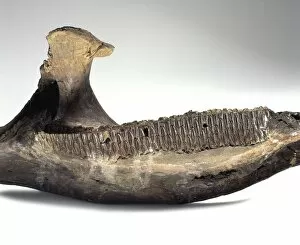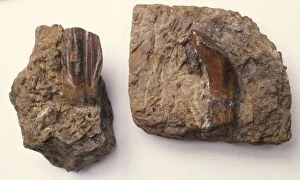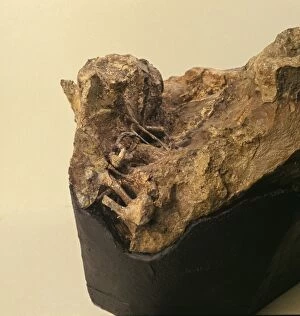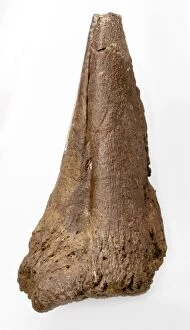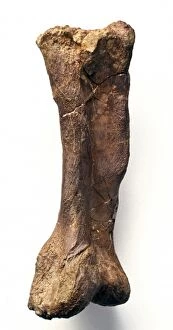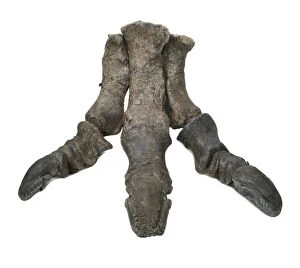Iguanodontae Collection (#2)
The Iguanodontae, a fascinating group of dinosaurs, includes well-known species like Iguanodon and Hylaeosaurus
For sale as Licensed Images
Choose your image, Select your licence and Download the media
The Iguanodontae, a fascinating group of dinosaurs, includes well-known species like Iguanodon and Hylaeosaurus. These magnificent creatures roamed the Earth during the early Cretaceous period, specifically in an area known as The Wealden. Thanks to meticulous restorations, we can now visualize these incredible animals with great accuracy. One such restoration can be found at Crystal Palace Park in London, where life-sized models of Iguanodon and Hylaeosaurus stand proudly amongst other prehistoric giants. Comparing their sizes to other extinct animals is mind-boggling. Just imagine standing next to a Parasaurolophus skeleton or witnessing the immense proportions of an Iguanodon femur. It truly puts into perspective how diverse and awe-inspiring our planet's history has been. Interestingly enough, on December 31st, 1853, there was even an "Invitation to Dinner in Iguanodon. " This unique event took place inside a life-sized model of this dinosaur at Crystal Palace Park. What an unforgettable experience it must have been. Among the most remarkable features of the it can their teeth. The distinctive shape and structure of their teeth allowed them to efficiently chew vegetation that made up their diet. Discovering an actual Iguanodon tooth is like uncovering a piece of ancient history. As we continue studying these incredible creatures and piecing together their story through fossils and scientific research, we gain deeper insights into our planet's past. The legacy left by the mighty Iguanodontae reminds us just how extraordinary life on Earth has always been – from towering herbivores like Parasaurolophus to those iconic rows upon rows of sharp-edged teeth belonging to none other than the majestic Iguanodon itself.


